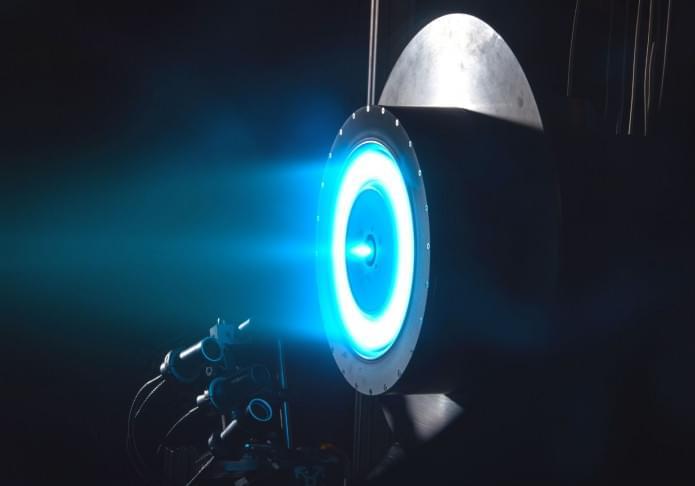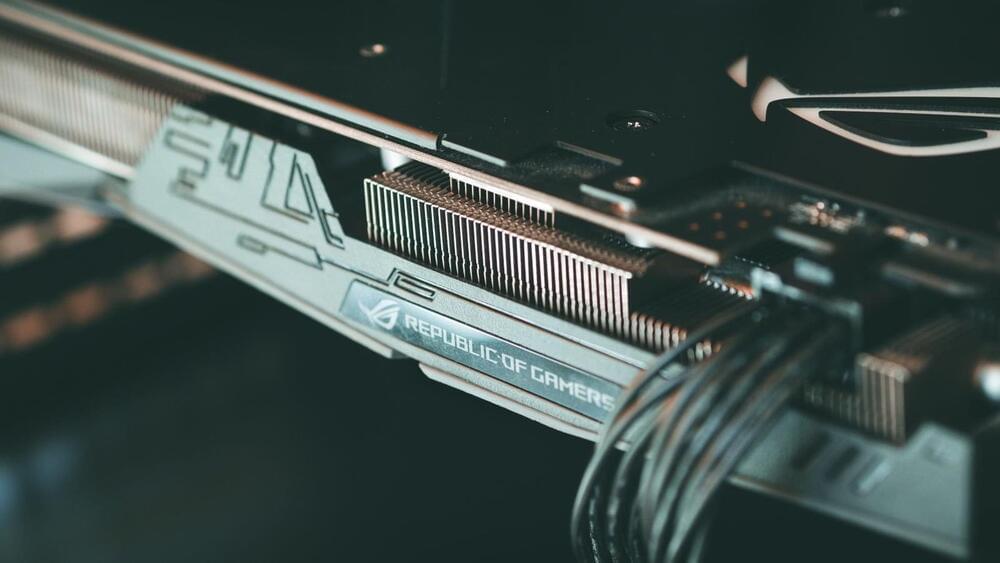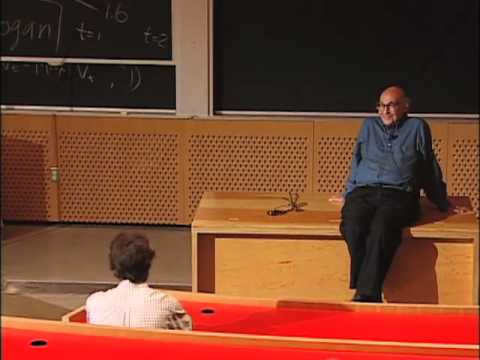Called ‘e. Deorbit’, it could change everything.
Desperate times call for desperate measures. According to the European Space Agency (ESA), there are 128 million objects the size of 1 mm to 1 cm, 900,000 objects the size of 1 cm to 10 cm, and 34,000 objects greater than 10 cm currently whizzing around our planet.
These objects are in danger of colliding with new space missions causing untold damage. That’s why ESA is now repurposing its proposed e. Deorbit mission initially conceived to take down a derelict satellite, according to a press statement by the agency. The new mission will serve as a space servicing vehicle. ## The Clean Space initiative e. Deorbit will now be responsible for the refueling, refurbishing, and boosting of satellites already in orbit. It’s called the Clean Space initiative and it was first introduced in 2013 to safely deorbit the derelict Envisat Earth-observing satellite in highly trafficked low-Earth orbit. The satellite had suddenly stopped working in 2012 without any notice.
What are biomarkers? They are medical signals that can measure health in an accurate and reproducible way. Common examples include blood pressure readings, heart rate, and even genetic test results.
Modern digital devices measure several health parameters. Fitbit trackers use sensors such as accelerometers to tell how many steps we’ve taken in a day or how fast we’ve been walking. When can such novel health measures function as medical biomarkers?
The measures must be objective, quantifiable, and reproducible. Additionally, scientific evidence needs to show that the health attribute measured by the device maps consistently and accurately to a clinical outcome. For example, voice signals from a smartphone’s microphone can detect mild cognitive impairment due to Alzheimer’s disease. World War II, commanders and troops communicated using hand-sent Morse codes. To avoid capture by enemies, telegraph operators had to remain anonymous. Any clues about operator identity or location could influence battle outcomes.
New research published in Human Brain Mapping provides evidence of a shared neural mechanism that underlies sleep disturbance and mental disorders in preadolescents. The findings indicate that sleep disturbance and mental health problems are both related to the connectivity between and within two important brain networks.
“I noticed the importance of sleep years ago when I read several papers about the immediate amyloid protein deposition in the brain after short-term sleep deprivation. Amyloid is neurotoxic waste in the brain and needs to be transported out by cerebrospinal fluid,” said study author Ze Wang, an associate professor of diagnostic radiology and nuclear medicine at the University of Maryland School of Medicine.
“But cerebrospinal fluid is basically static most of the time. The best time to have more cerebrospinal fluid and increased flow rate is at night when you lay down and fall asleep. It is this time that our cerebral blood flow reduces. Because our brain has a fixed size, the reduction of cerebral blood flow creates space for cerebrospinal fluid and the inhomogeneous change of blood flow creates power for cerebrospinal fluid to flow and then transport the neural waste out. This is why our brain generates two times as much cerebrospinal fluid at night than daytime.”
There are so many places and things to explore in the universe! From distant.
exoplanets to faraway galaxies that might host intelligent life, to massive black holes, to.
bright stars. However, there is a problem with space exploration; distance! Everywhere.
you want to go in deep space is far! For example, Elon Musk wants to put humans on.
Mars permanently while NASA wants to send astronauts there. However, any traveler.
going to Mars has to endure a grueling trip through harsh space that lasts not less than.
five months, even with the most powerful rocket in history! If only we could find a faster.
way to travel through space! Also, the next star to us is about 4.5 light-years away.
making it impossible to visit with the current space technologies! However, an.
accidental discovery promises to fix that problem by enabling faster than the speed of.
light travel! What is the discovery, how does it affect space travel, and how does it affect.
you personally? Join us as we explore how NASA scientists accidentally discover the.
world’s first Warp Bubble!
Warp travel is not strange to fans of the Star Trek franchise. The warp drive is a.
charming futuristic technology from Star Trek Universe, which since its first episode in.
1966, includes ten television series and thirteen feature films. In these series and.
movies, characters explore the universe using powerful and fast spaceships, traveling.
from planet to planet and communicating with a crew of aliens. The torsion engine is the.
center of attraction because, without it, the story would be implausible. The universe is.
strange, unimaginable, and insanely large, and even if you want to visit the next star.
the immense cosmic distances create an almost impossible barrier!
Let’s take a look at the next star, Proxima Centauri, 4.5 light-years away. This distance.
means it takes 4.5 years to reach the star if you could manage to attain the speed of.
light! Light flies at full cosmic speed and acts as a sort of universal speed cap, so any.
other method takes longer! In fact, if you decide to use the fastest space probe ever.
built, the long journey through the interstellar void would take nearly eight thousand.
years! So, it makes sense to stay put to Earth and its immediate environment!
Of course, the Star Trek crew didn’t stay close to the Earth because they found a.
solution! This solution makes long-distance travel possible by shortening the distance!
The torsion engine, using warp drive tech, achieves this by juggling space and time.
making for great entertainment! Warp drive was destined to remain imaginary until a.
scientist suddenly realized that such an engine was really possible at the end of the last.
century!
The physicist was Miguel Alcubierre, and he came up with a theory that rocked the.
scientific community globally. In 1994, Alcubierre watched an episode of Next.
Generation while doing his Ph.D. research on Einstein’s general theory of relativity.
where heavy masses can curve space and time. And so Alcubierre picked up a scrap of.
paper, did the calculations, and laid the foundation for an article that appeared in the.
science magazine later that year!
In his paper, Alcubierre describes how you can compress space and time in front of a.
spacecraft and stretch it back behind the ship so that you have to travel a much smaller.
distance to the desired destination safely trapped in what he calls a torsion bubble! In.
visualization, the concept was compared to a surfer riding a wave and a metaphor often.
used to describe how a ship could travel the stars. There is, however, a problem with.
Alcubierre’s warp bubble! You see, the warp engine is tough to build in reality! You can’t.
just curve space forcefully with normal mass! To do so, you need exotic matter, which.
has negative gravity!
Dozens of Warp Engine publications would follow in the following decades. But they.
also remained theoretical exercises and thought experiments that manipulated the.
formulations of the theory of relativity in search of new insights. The need for the foreign.
matter remained!
That was until Eric Lentz, a physicist at the Pacific Northwest National Laboratory in the.
US, stepped in. He watched Star Trek as a kid. However, he has not been able to forget.
Summary: Researchers reveal how the brain creates an illusion of visual stability.
Source: The Conversation.
Our eyes are continuously bombarded by an enormous amount of visual information – millions of shapes, colours and ever-changing motion all around us. For the brain, this is no easy feat.
This authenticator app is designed to install bank info-stealing malware that could wipe you out.
This article is an installment of Future Explored, a weekly guide to world-changing technology. You can get stories like this one straight to your inbox every Thursday morning by subscribing here.
One of the “holy grails” of spaceflight could hit the skies this decade.
On January 19, Washington-based startup Radian Aerospace came out of stealth mode, announcing that it had secured $27.5 million in funding to develop the Radian One, a first-of-its-kind space plane that flies into orbit after taking off horizontally from the ground.
A team of researchers from French, Israeli, and Australian universities has explored the possibility of using people’s GPUs to create unique fingerprints and use them for persistent web tracking.
The results of their large-scale experiment involving 2,550 devices with 1,605 distinct CPU configurations show that their technique, named ‘DrawnApart,’ can boost the median tracking duration to 67% compared to current state-of-the-art methods.
This is a severe problem for user privacy, which is currently protected by laws that focus on acquiring consent to activate website cookies.
Lecture 13: The self.
Instructor: Marvin Minsky.
View the complete course at: http://ocw.mit.edu/6-868JS07
License: Creative Commons BY-NC-SA
More information at http://ocw.mit.edu/terms.
More courses at http://ocw.mit.edu









